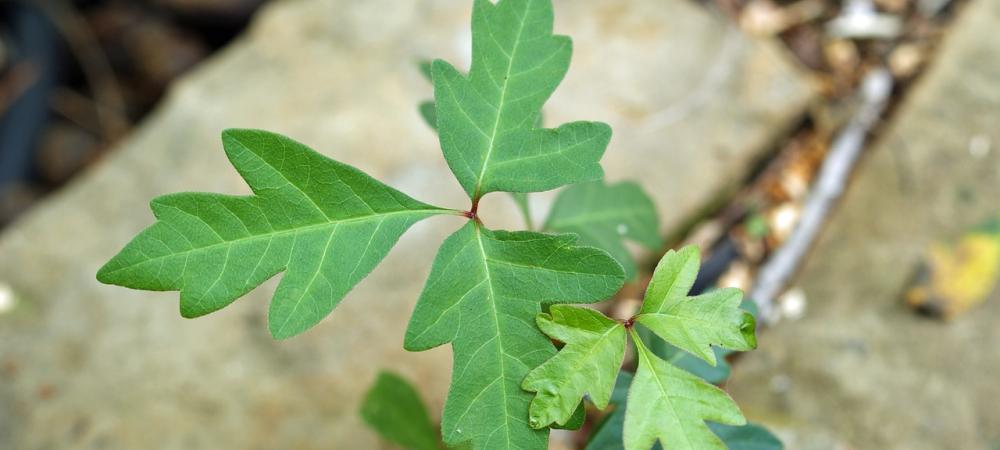Poisonous Plants & Weeds in Texas You Should Be Cautious Of

The Lone Star State is home to an abundance of wildlife. Most of the plants that we encounter in Texas are harmless but some can be downright deadly if parts of them are ingested by humans or unwary livestock. Do yourself a favor and learn to spot these poisonous plants so you can learn to avoid them.
Wisteria
A beautiful flowering vine with purple and blue flowers that look gorgeous climbing up a trellis or the side of a building. But don’t be fooled. Sometimes in nature, the most beautiful things are the most dangerous. The seeds, leaves, and stem of the wisteria plant are poisonous if eaten. Symptoms of wisteria poisoning include confusion, speech difficulties, nausea, stomach pains, dizziness, and diarrhea.
Pokeweed
Pokeweed is another poisonous plant that you need to be cautious around. This absurdly fast-growing plant is native to the eastern united states but can be seen in most states including Texas. Pokeweed can be found growing in open fields, fencerows, and any disturbed area of soil. It can easily outcompete any other plant it is near. The plant has large green leaves and produces dark berries in the fall. But don’t worry about not being able to spot this beast. Its incredible height will make it stand out. Every part of the pokeweed is poisonous, including the berries. Livestock has been known to become sick and die from eating pokeweed growing in pastures.
Poison Ivy and Poison Oak
Poison ivy and its cousin poison oak, are well known here in Texas for causing painful allergic reactions. Poison ivy can grow as a vine or as a shrub. while poison oak only grows a shrub. Both plants can be identified by clusters of three leaves. Poison ivy has smooth green leaves while poison oak has lobed and irregular green leaves. Despite their differences, both plants contain the chemical urushiol which can bind to the human skin in under a half-hour and causes the infamous rash. If you are working or walking in an overgrown area be extra vigilant. If you do come into contact with any part of this plant immediately shower with soap and water and wash all clothes that you were wearing.
Urushiol can linger on clothes, tools, and even trees that once had poison ivy growing on it for up to five years. Never, ever under any circumstance burn poison ivy or wood that once had it growing on it. Once urushiol is airborne, it can be inhaled which can cause severe allergic reactions in the mouth and throat.
Bull Nettles
Bull nettles are angry looking plants with fierce-looking barbs that tell anyone with eyes to stay away. Bull nettles are native, drought-tolerant plants that have enormous root systems. The dangerous-looking needles contain a chemical that results in torturous burning that can last over an hour. You can treat a bull nettle sting by first removing the spine and then make a paste out of water and baking soda. Apply the mixture to the affected area to neutralize the sting.
Call The Lawn Care Experts At Lawn Lab
If you are having trouble with these poisonous weeds and plants or any other weeds on your property, then contact the weed control specialists at Lawn Lab. Our customized lawn care program provides weed control and fertilization to make your yard look amazing all year long.

